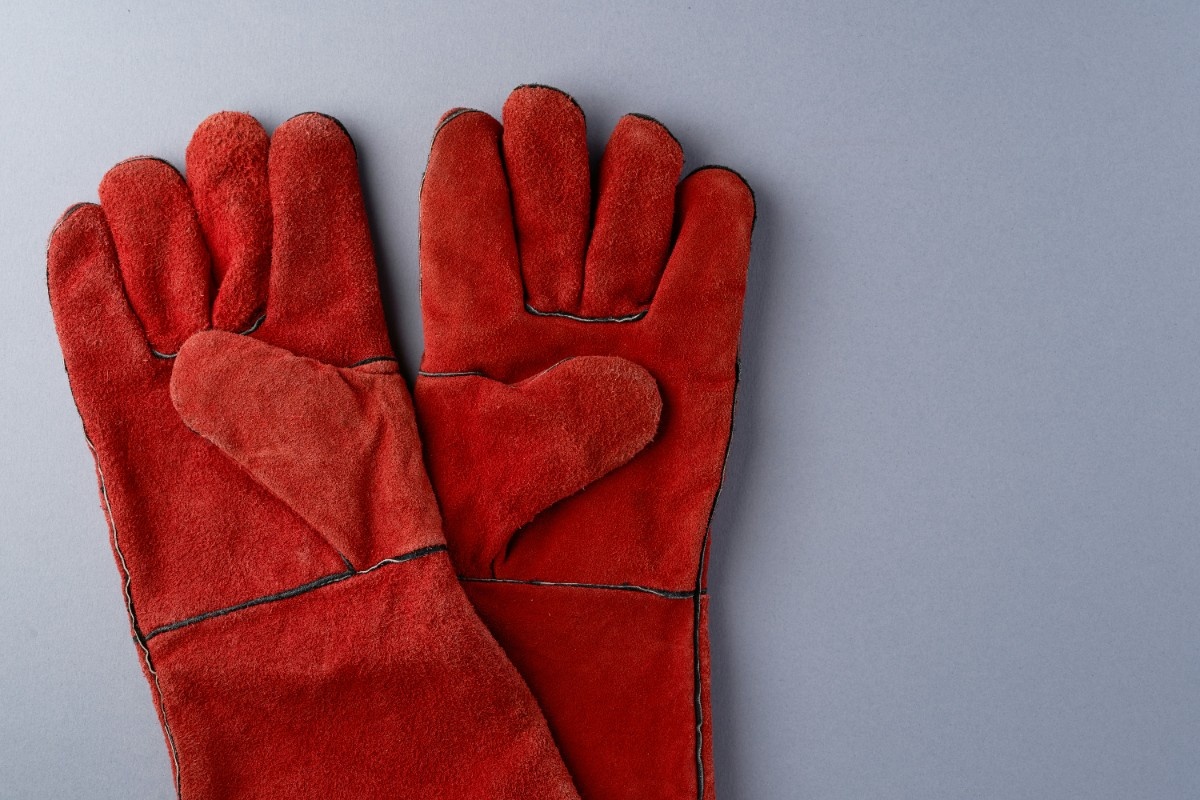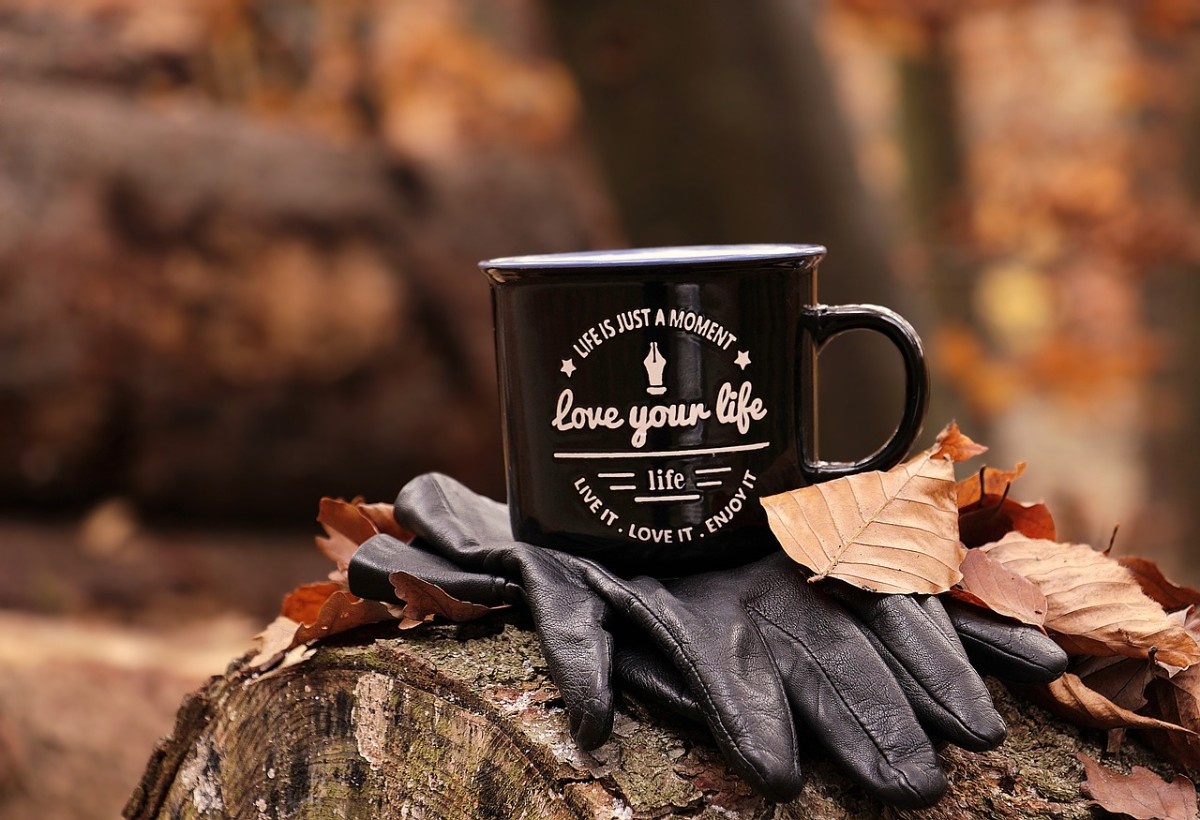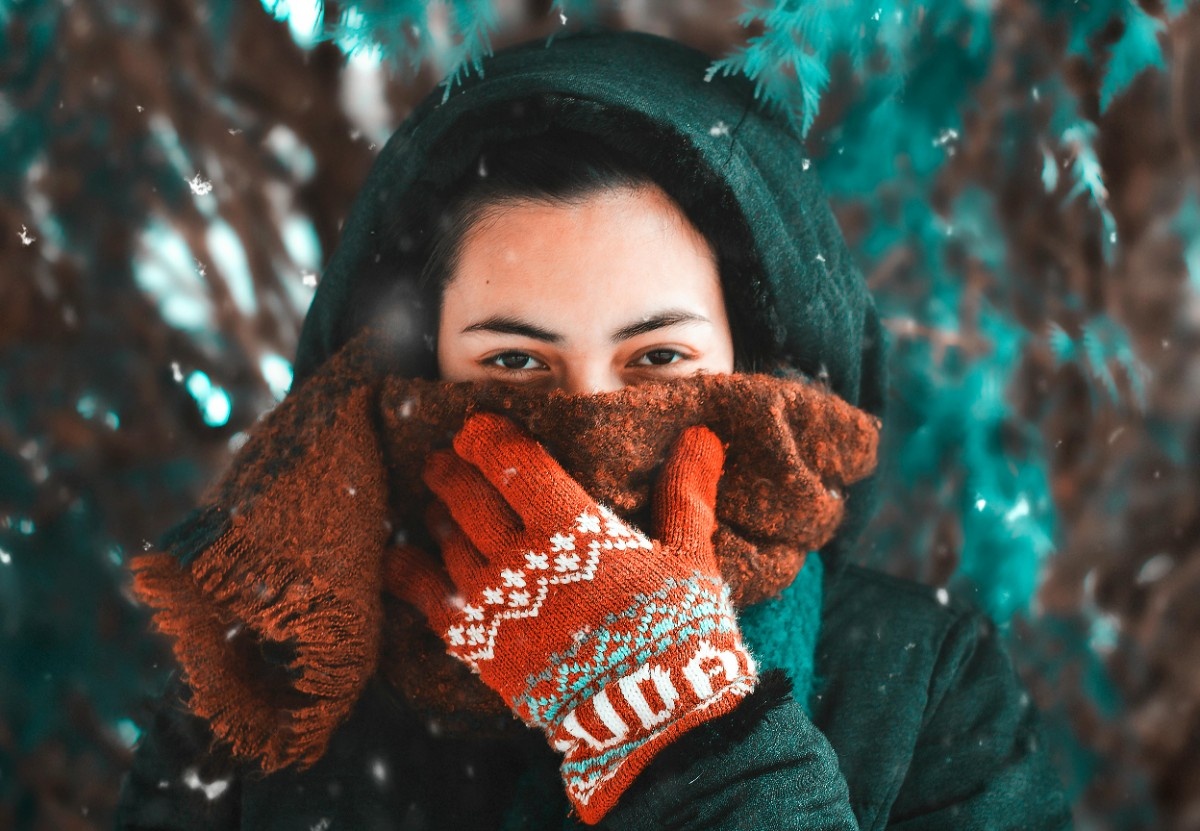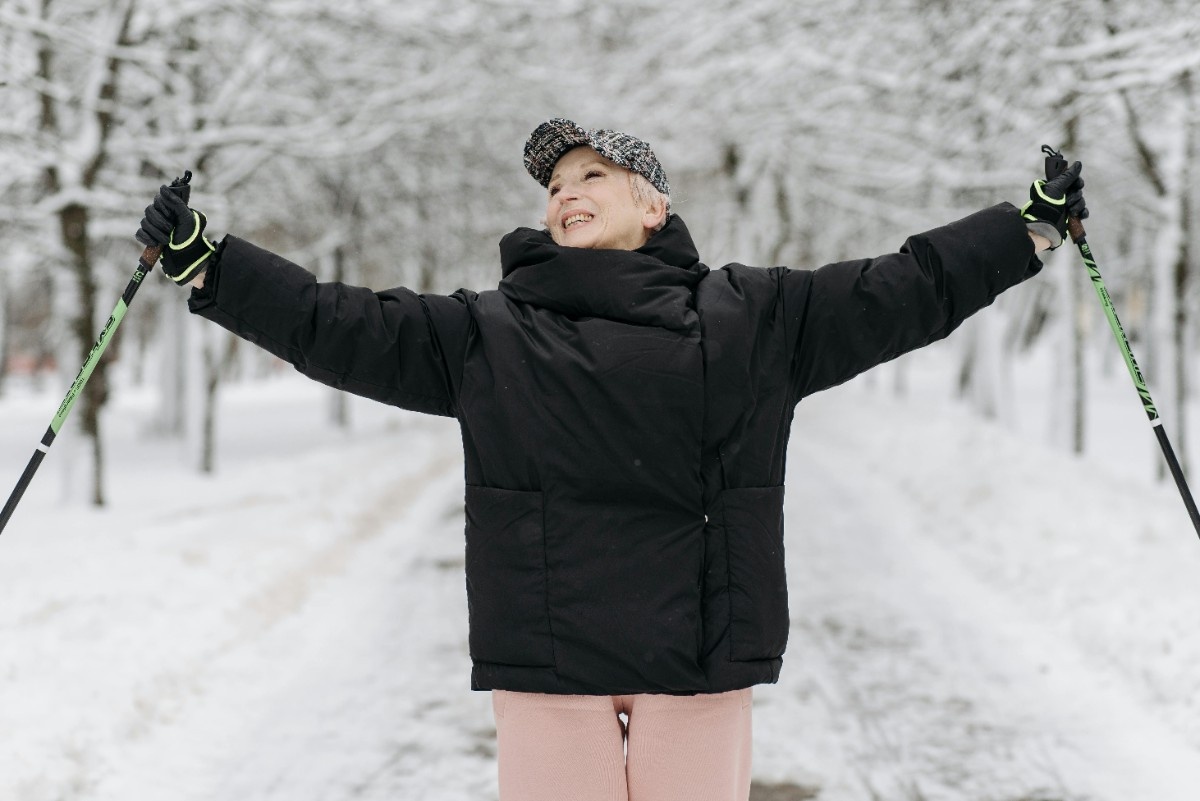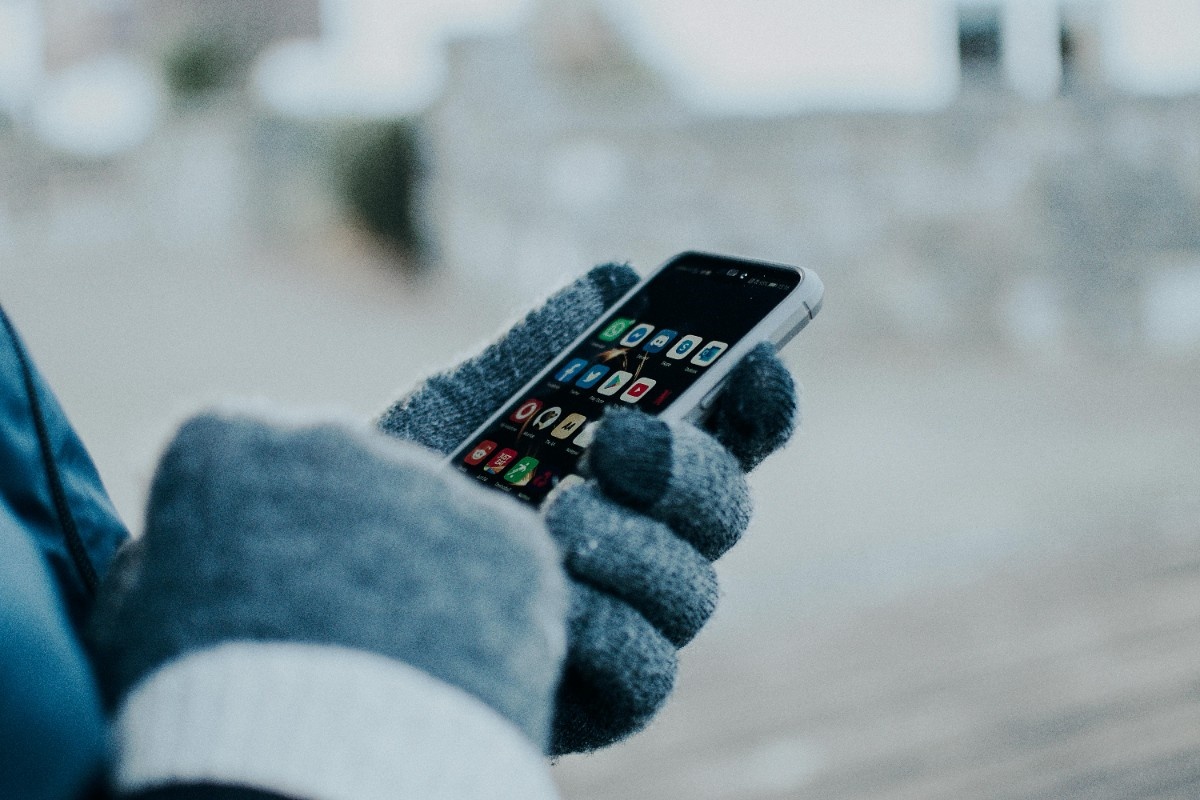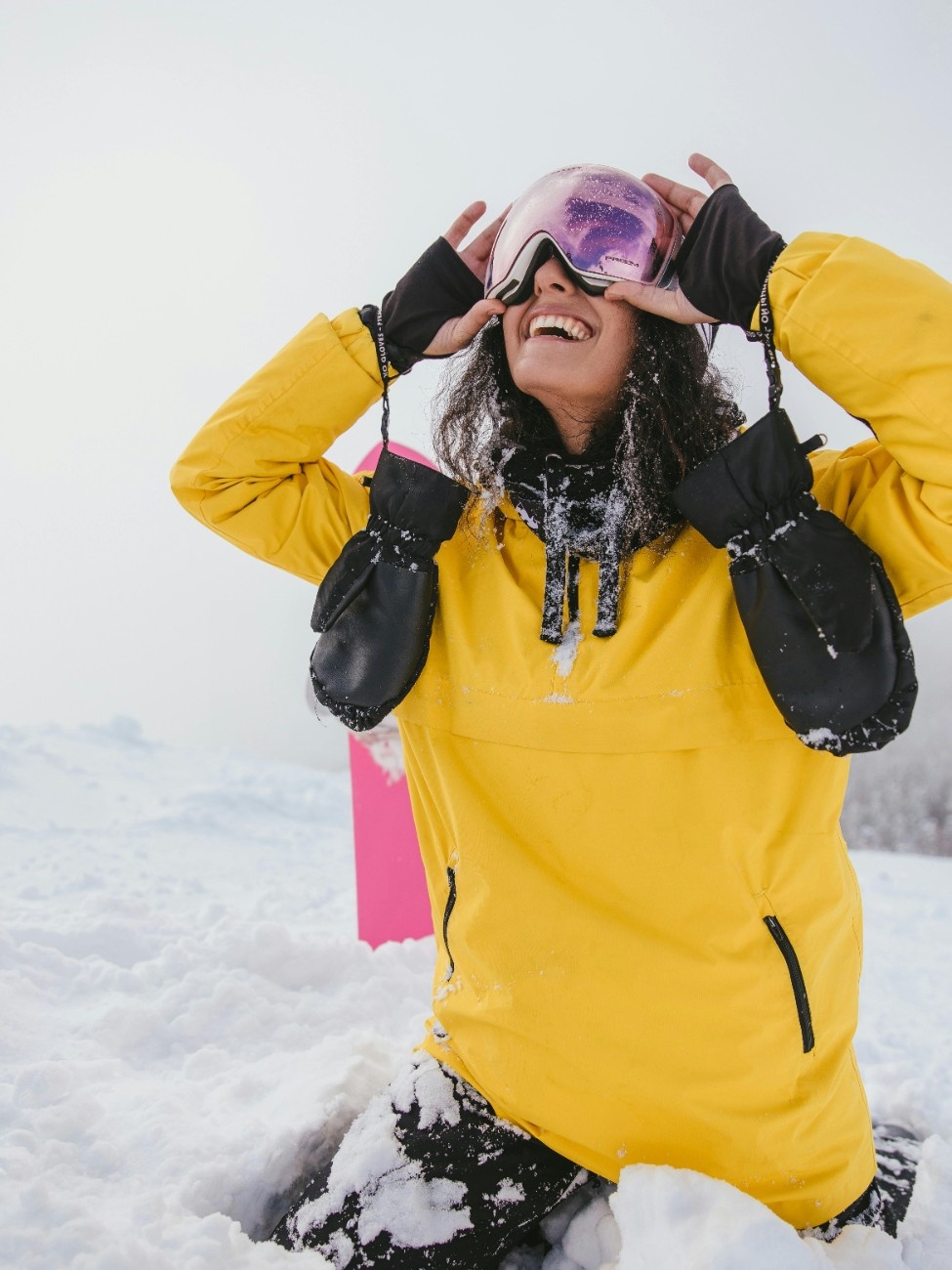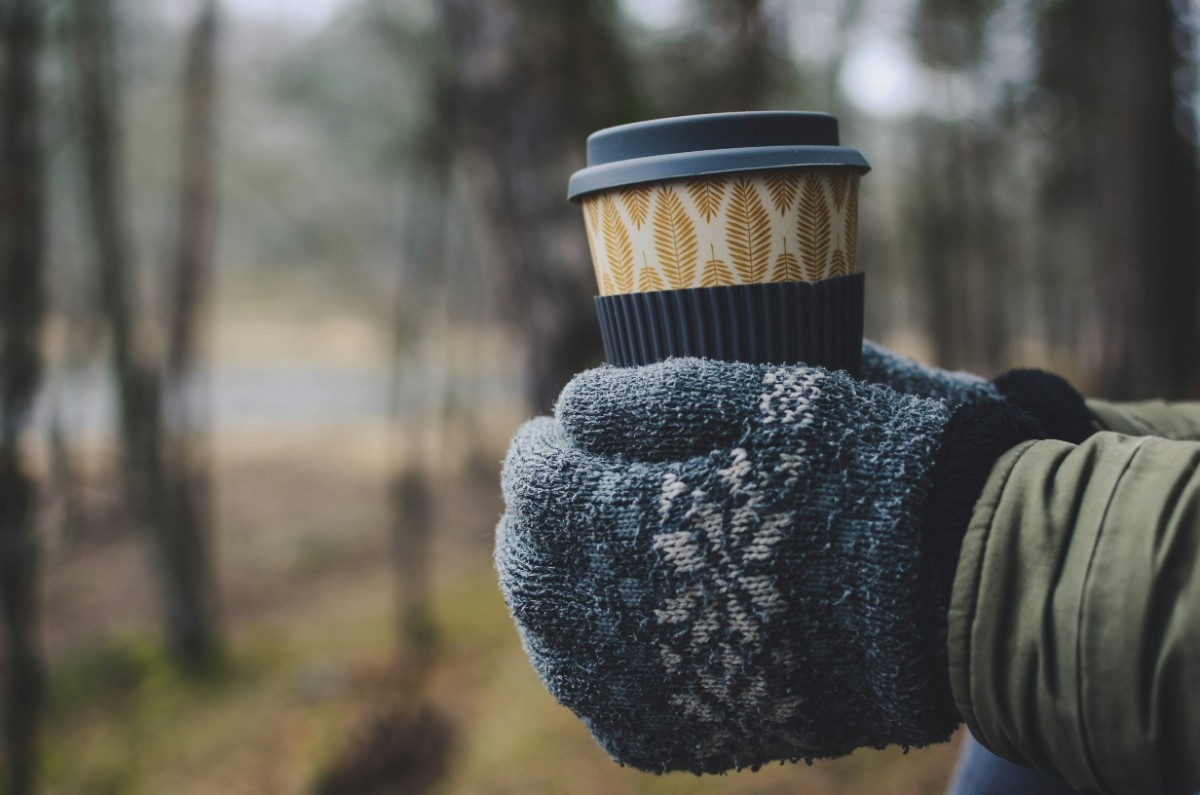An Introduction to Women's Gloves
Women's gloves are a versatile accessory used for warmth, protection, fashion, and performance. When choosing women's gloves, key considerations include intended use, features, materials, and sizing.
Women’s Glove Market Overview
The global market for women's gloves is expected to grow steadily in the coming years, projected to reach $8.1 billion by 2026. Key factors driving this growth are rising consumer demand for specialty gloves optimised for winter sports, fitness, smartphones, and other activities.
Women today have more choice than ever before thanks to major outdoor brands expanding selections alongside small specialty retailers focusing explicitly on the female demographic. Materials innovation and new technologies like touchscreen conductivity also continue advancing the women's glove market.
When browsing the ample options available, keep your individual needs and preferences as the deciding filter to choose the best women’s gloves for your lifestyle.
Types of Women's Gloves
Women's gloves span a spectrum from classic leather fashion gloves to highly technical ski gloves designed for extreme mountain use. Main categories include:
Winter gloves - Insulated models for casual wear or sports to protect against cold, wind, snow
Dress gloves - Unlined, elegant leather driving and evening gloves
Touchscreen gloves - Conductive fingertips operate device screens without exposing skin
Fitness gloves - Lightweight, breathable gloves with silicone grip for training
Work gloves - Tough synthetic blends shield hands during manual labor
Specialty gloves - From golf to gaming, customised gloves aid performance
While variety abounds, most quality women’s gloves share similarities like smart ergonomic shaping for a feminine fit.
Factors to Consider When Choosing
Key considerations when selecting women's gloves include:
Intended use - Match gloves to main activity like winter sports, work, driving, etc.
Features - Assess special features needed like insulation type, waterproofing, grip, touchscreen compatibility
Materials - Synthetics like spandex mix durability and stretch while natural wool provides unmatched warmth
Breathability - Vital for active pursuits, moisture wicking layers prevent overheating
Dexterity - Ensure desired fine motor control for activities requiring precision
Sizing - Try gloves on for proper fit factoring thinner women's hands, length of fingers/palms
With core needs defined, the ideal women’s winter gloves await. Read on to explore materials technology further.
Materials Used in Women’s Gloves
Materials constitute the foundation for any quality pair of gloves, impacting crucial factors like warmth, water resistance, breathability, and durability. Women’s gloves utilise both natural fabrics along with technical synthetic blends.
Natural Materials
Certain classic materials derive from natural sources, offering timeless advantages:
Wool
A fibre gifting softness, warmth and natural water resistance - wool excels when wet. Types like Merino wool and cashmere blend insulation, wicking performance and luxury.
Leather
Supple leather makes exceptionally durable, weatherproof women’s gloves. Soft sheepskin linings provide comfort alongside abrasion protection atop the exterior shell.
Silk
Delicate yet warm silk liner gloves layer smoothly underneath outer gloves. Alternatively featured primarily in dress gloves gifting a luxurious feel.
While wool and leather remain popular glove inclusions, additional natural materials like cotton, though breathable, lack sufficient weather protection when wet.
Synthetic Materials
Increasingly technical fabrics elevate functionality in women's gloves:
Fleece
Fleece gloves shine for plush comfort and maintaining warmth even when damp. As polyester fibres trap air, a breathable insulation alternative to wool. Easy-care, quick-drying properties add convenience.
Softshell
Flexible softshell gloves repel moisture while allowing some ventilation. The polyester/spandex blend makes a lightweight, manoeuvrable glove able to block wind chill.
Neoprene
Similar to wetsuit material, neoprene excels when wet given its synthetic rubber composition. Featured in water sports and diving gloves for its warmth and buoyancy.
Advanced technical fabrics continue rising in specialty women's gloves, fine tuning flexibility, responsiveness and protection.
Insulation and Heat Retention in Women's Gloves
Proper insulation makes all the difference in cold weather gloves, trapping heat while wicking moisture. Women's gloves utilise various interior linings and insulation types depending on intended activity and climate demands.
Liner Gloves
Silk
Ultra-fine silk glove liners serve as a comfortable base layer within larger winter gloves, providing gentle warmth and wicking performance. Silk also prevents irritation when hand sweating.
Wool
Merino wool glove liners similarly make outstanding moisture-wicking bases with the added benefit of antimicrobial properties reducing odours. Unmatched temperature regulation keeps hands warm without overheating.
Thermal
Multiple athletic brands now produce thermo glove liners fabricated using proprietary insulations like PrimaLoft. Though synthetic, advanced thermal gloves rival wool’s next-to-skin comfort while blocking wind and sealing warmth.
Thinner liner gloves boost insulation power when layered while holding their own on milder days.
Insulation Materials
Heavy duty winter and ski glove insulation materials span natural and synthetic varieties:
Down
Renowned for its peerless warmth-to-weight ratio, water-resistant down insulation utilises lofty clusters trapping heat in cold conditions. Luxurious yet breathable and compressible for active winter pursuits.
PrimaLoft
This cutting-edge synthetic both mimics down insulation’s properties and maintains nearly full insulating capacity when wet. Growing popularity in gloves as removable inserts.
Thinsulate
Water-resistant and ultra lightweight, 3M’s Thinsulate synthetic insulation excels allowing moisture vapour to pass through while reflecting body heat. High warmth without bulk.
The finest winter gloves for women blend natural feathers or wool alongside technical insulating fabrics resisting elements.
Features and Design Elements
Beyond materials and insulation, features such as grip textures and touchscreen conductivity enhance women’s glove versatility and performance.
Dexterity and Grip
Maintaining control and stable handling grows difficult amid cold, wet settings. Women’s gloves counteract this through strategic grip placement:
Silicone Prints – Rubberised silicone patterns across glove palms and fingertips supply unmatched grip activation in wet, icy settings. Hikers and skiers favor this add-on.
Textured Fingertips – Seam or embossing elements at fingers supply tactile grip to firmly manage gear like ski poles or climb carabiners even in precipitation.
Reinforced Palms – Durable microsuede, synthetic leather or goatskin layers across palms withstand abrasion-causing activities like rope work where gloves meet rope repeatedly.
Wipe Zones – Interior thumb panels featuring microfleece allow wiping moisture from goggles or face without compromising glove integrity.
Cinch Systems – Integrated wrist cords and adjustable Velcro straps customise fit sealing out excess air and moisture up jacket sleeves.
Whether lashing gear to a sled in a blizzard or capturing an epic selfie atop a mountain, grip elements keep hands controlled.
Conductive Capability
Touchscreen glove functionality brings convenience to frigid settings otherwise requiring bare, numb fingers to operate phones. Conductive stitching atop index fingers and thumbs mimics skin’s electricity transfer to use devices without removing hand protection.
Water-resistant softshells and tight-woven synthetics durable enough to withstand outdoor use make ideal touchscreen glove materials ensuring conductivity persists. With specialty women’s glove models focusing explicitly on touchscreen features now available alongside winter sport and casual varieties, barrier to technology is no longer an issue.
The latest women's gloves fuse elegance, performance and advanced tech all in one.
Types of Women's Gloves
The women’s glove market spans a spectrum from practical cold weather utility to specialised designs catering to individual sports and occupations. Below are some of the most prominent women’s glove categories available:
Winter Weather Gloves
Winter gloves for women focus squarely on insulating against cold and sealing out moisture or wind. Liner gloves add adaptable warmth customisation for frigid days. Choosing the right insulation properties and weatherproof features becomes vital based on regional climate severity.
Casual styles work well for commutes, walking the dog or running errands whereas snowsport, mountaineering and work glove builds withstand more extreme exposure better backing winter adventures.
Driving Gloves
Though protection from elements proves unnecessary behind the wheel, grip and sensitivity reign paramount for lengthy drives. Tactile leather driving gloves lined using fur, fleece or shearling increase comfort and breathability steering for hours. Unrestricted dexterity and ventilation prevent hand fatigue without skimping style.
Touchscreen Gloves
Once considered a specialty segment, ability to use devices without exposing skin now approaches essential functionality as smartphones permeate life. Conductive touchscreen gloves for women utilise silver or copper woven tightly into index fingertips and thumbs enabling electricity transfer to screens.
The tech works on varying smartphone and tablet models making them convenient for photography, maps or communication on the move. Favoured by skiers and winter runners tracking activity.
Fitness Gloves
The perfect choice for ventilation and responsiveness. Gloves for fitness integrate performance attributes like silicone grip palm prints aiding free weights or machines, absorbent microfiber terry wiping sweat and strategic mesh or laser cutouts ventilating during intense exercise.
Stretch fabrics aid flexibility privileged over weatherproofing given indoor use. Specialty padding and stabilisation features also appear in designs for injury prone movements like cycling.
Work Gloves
Customised women’s work gloves provide protection from hazards and abrasion for occupations like construction, carpentry and heavy outdoor labour. Tough leather layers shield skin with reinforced stitching across palms and fingertips bearing the brunt of damage from handling materials.
Some designs focus on insulation for cold worksites whereas breathable tactile models better suit warm settings requiring manual precision like welding or mechanical repairs. Multipurpose utility stands out as the work glove objective.
Women's Ski & Snowsport Gloves
Skiing and snowboarding demand purpose-built hand protection combatting freezing temperatures, precipitation and handling equipment strain at speed. Women’s ski gloves deliver insulation and weather barriers suited specifically to downhill and backcountry snow sports through:
Membrane Waterproofing Layers
Outer fabric shells infused with either PU or PTFE membrane coatings make ski gloves impenetrable to snow and moisture while allowing internal water vapor venting preventing that soaked cold feeling. Brands like GoreTex lead implementing advanced waterproof yet breathable inserts.
For especially harsh polar conditions some models feature removable membrane liners further bolstering adaptable protection.
PrimaLoft Synthetic Insulation
Unlike down fill unable to retain warmth when wet, revolutionary PrimaLoft microfibers continue insulating despite saturation from snow or sweat. This synthetic rivalling down’s compressible warmth-to-weight qualities excels as removable inner glove inserts re-warmed quickly after soaking.
Some liner gloves also utilize PrimaLoft insulation itself across back of hands or fingers vulnerable to chill while the glove shell shields the palm.
Pre-Curved Articulated Design
Women’s smaller hands benefit particularly from anatomical shaping pre-contouring gloves to closed fist finger positions. Articulated panelling follows natural bend points across knuckles and the wrist distributing flexion forces when carving turns for all day comfort free of hand fatigue.
Cuff Integration
Ski glove gauntlet cuffs span longer rising above jacket sleeves while elastic, Velcro or drawcord adjustment Band-Aids seal out spindrift when hitting high speeds. Some models feature an interior wind skirt layering inside the jacket adding weatherproofing redundancy. This fortification prevents snow working its way inside your layers.
Warmth Ratings, Climate and Conditions
When selecting women’s gloves for optimal warmth, various factors including regional climate, intended activities and length of exposure help determine insulation needs. Brand’s categorise glove warmth into ratings.
Warmth Rating Systems
Women’s gloves feature markings reflecting insulation weight and recommended corresponding temperatures:
Lightweight Gloves = Spring/Fall temps from 45-55°F (7-13°C). Thin synthetic or wool liners work for brief outings.
Midweight Gloves = Cold resistant around 25-35°F (-4 to 2°C). Fleece or heavy liners suitable for winter dog walks, wait in ski lift lines before hitting the slopes.
Heavyweight Gloves = Extreme cold protection from10-20°F (-12 to -6°C). Down filled inserts, PrimaLoft or Thinsulate integrate plus waterproofing for lengthy winter sport outings.
Using your climate’s seasonal averages, the ratings serve as practical warmth matching guidance.
Regional Winter Differences
Those residing in more moderate winter geographies (30-50°F / -1 to 10°C) lean toward midweight gloves accentuated using liners as needed. While colder continental interiors and more northernly towns investing in heavyweight gloves (0-20°F / -18 to -6°C) want maximum insulation with weatherproofing for frequent snow and below freezing.
Consider your winter climate severity when factoring gaps between warmth ratings and forecasted conditions. Protecting hands from cold injury and frost nip warrants glove insulation erred slightly on the heavier insulation side if concerned over sizing.
Exposure Duration
Duration spent outside amid lower temperatures proves equally vital for glove choice considerations. Braving a 30-minute commute on foot or waiting briefly for a ski shuttle necessitate less insulation than all day snowshoeing or mountaineering trips.
Gauge the length of time hands will remain exposed adjusting insulation density up or down via glove liner layers. Remember the wind chill exacerbates felt air temp acceleration of heat loss from skin. again choose somewhat heavier gloves than the outing temperature if worried about under-insulation.
Liner Layering Systems
Removable glove insert lining technology adds helpful adaptability adjusting warmth specs. Some ski gloves feature singular PrimaLoft or down pieces removed on warmer occasions whereas others contain double liners mixing padding next-to-skin topped with synthetic insulation inserts as the day progresses. This modularity ensures hands avoid perspiring during high exertion then quickly restores insulation power before frostnip risk. Consider options offering customisation of insulation levels to your changing activity.
Shopping Recommendations and Brands
Several prominent outdoor companies lead manufacturing quality winter gloves combining elegant dexterity, durability and ample insulation choices.
The North Face
Trusted across ski and snowboard circles for advanced technology implementation, The North Face (North Face ski gloves) options span lightweight glove liners to integrated GORE-TEX waterproof shell models with PrimaLoft insulation. Known for anatomically precise shaping and bold style prints.
Marmot
Delivering rugged alpine performance at friendlier price points, Marmot (Marmot ski gloves ) offers combinations of leather palms, PrimaLoft inserts and proprietary waterproof membranes like MemBrain. Both casual and backcountry ski glove designs excel using innovative fabrics.
Black Diamond
The gold standard for rock climbing gear, Black Diamond (BD ski gloves) brings similar friction-aiding improvements creating the best women's ski gloves for backcountry and high exertion pursuits. Unmatched PrimaLoft insulation integrations plus rugged, dexterous shell fabric builds.
When choosing gloves, opt for choices using warmth ratings, climate and intended use rather than judging solely on logo prestige.
The expansive modern women’s glove market means ideal hand protection awaits every type of winter adventurer.
Related articles

Let us know you agree to cookies
We use marketing, analytical and functional cookies as well as similar technologies to give you the best experience. Third parties, including social media platforms, often place tracking cookies on our site to show you personalised adverts outside of our website.
We store your cookie preferences for two years and you can edit your preferences via ‘manage cookies’ or through the cookie policy at the bottom of every page. For more information, please see our cookie policy.
